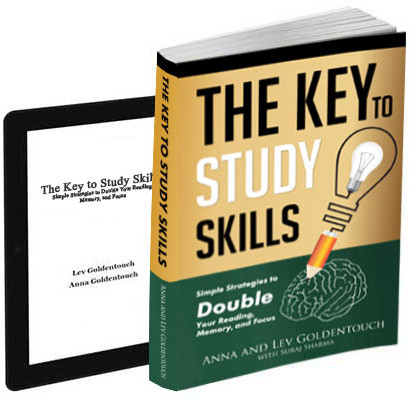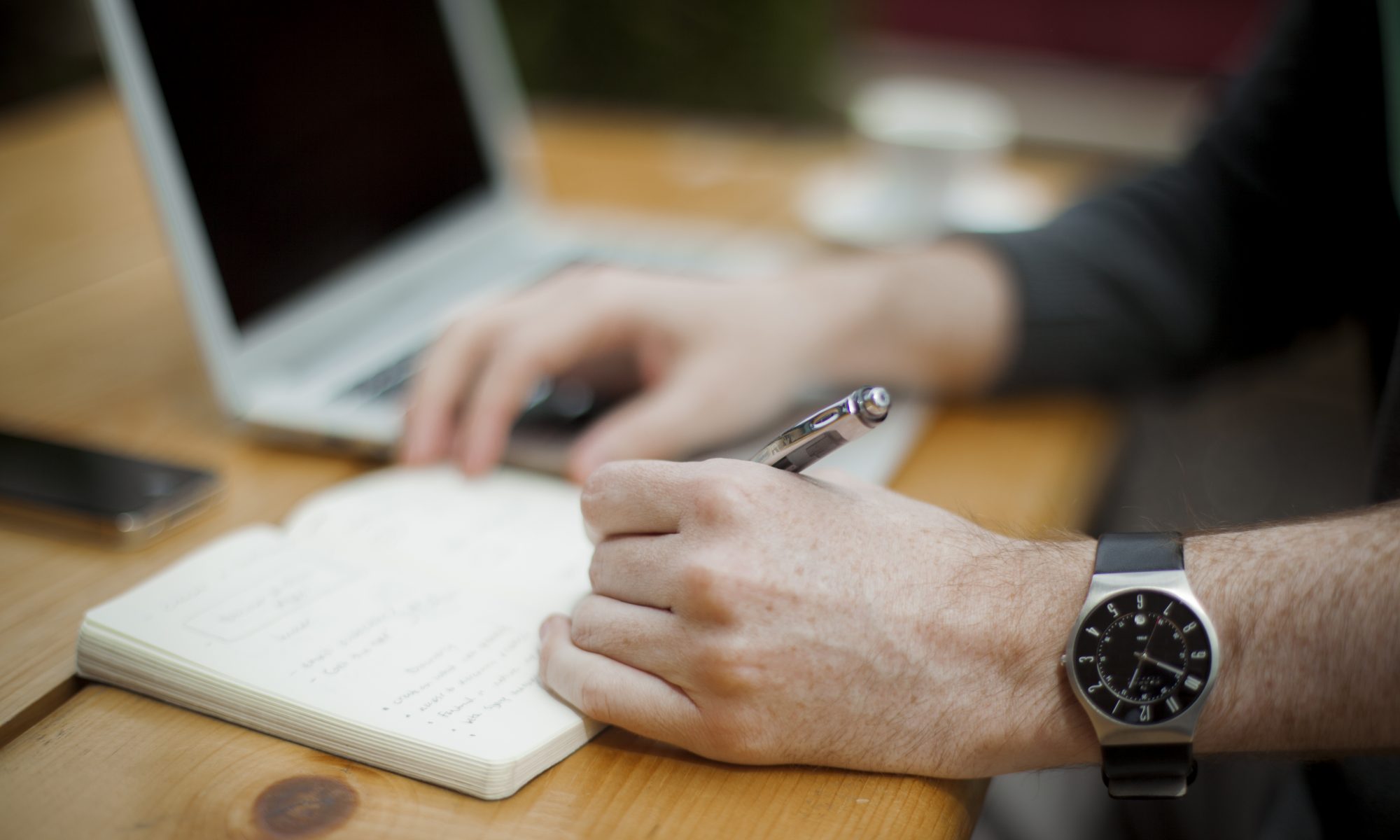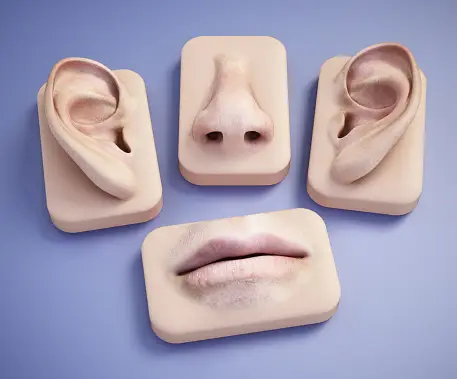In this article, I want to address visualization via touch. This is not something people discuss – which is why I want to touch the subject. More reading here, here, here, here, and here.
Usage 1: Visualizing touch in PAO
Just as we can use color to encode details, we can use texture. Typically we would not spend our time adding very small details to our mental palaces and PAO visualizations, but we can visualizing touching with our fingertips the objects and encoding the tactile information within the texture. This way, we get an additional layer of details to our PAO visualization. Common textures may include metal, wood, marble, fur, and even exotic stuff like animal skin. Using a different sense, we also enjoy more stable visualization due to dual coding. We pay with speed, as touching is slower than seeing.
Usage 2: Healing touch
We do not fully understand how the sense of touch is processed by our brain. Touch is important for the social activities of mammals, and can be used for example to reduce stress and certain kinds of chronic pain. Once we learn to visualize touch, we can soothe ourselves without the need to actually perform the touching and scratching.
Usage 3: Pitch black reading
We can also use braille script when we cannot use vision or speech. This can be especially useful for aging people, as they lose some control of other senses.
And now, let us discuss the fun science behind tactile sensitivity.
Touch is underrated
In many ways, touch is one of the most underrated senses for memory. Visual memory is extremely fast. Audio memory is logically accurate and musically elegant. Smells and tastes bring out our earliest primal and very emotional memories. Touch is not something we tend to remember.
And yet, our touch is very sensitive. Not as sensitive as a raccoon or a star-nosed mole but still… Compared with most mammals, raccoons have four to five times more sensory cells in their paws.

The mole has peculiar nasal appendages crammed with mechanoreceptors that give it six times the sensitivity of the human hand, our most sensitive area. Manatees, though, have what is referred to as the ability to “touch at a distance,” meaning that they can feel things without even touching them, even if those things are really far away – due to whiskers covering their bodies.
Blind people do not have the sensitivity of some animals, but their huge brains process touch with exceptional accuracy. In fact, some blind people can read using the braille system at around 200 words per minute, which is an average reading speed for a seeing person. According to the Guinness World Records, the fastest braille reader is currently a man named Abdo Kashouh from Lebanon, who read a total of 225 words per minute during a speed reading test that took place on August 29, 2018.
Our hands are the most touch-sensitive organs
The sense of touch is located throughout the body, in your largest organ, the skin. The sense of touch originates in the bottom layer of your skin called the dermis. The dermis is filled with many tiny nerve endings that give you information about the things your body is touching. Some areas of the body are more sensitive than others because they have more nerve endings. Fingertips and tongue are usually the most touch-sensitive areas of our bodies.
The schooltime fun activity of poking buddies with chopsticks is an accepted scientific test for skin sensitivity and is called a two-point discrimination test.
The table below shows the varying sensitivity of our body parts.
| Site | Threshold Distance (mm) |
| Fingers | 2-3 |
| Upper lip, cheek, nose | 5-7 |
| Palm, forehead, foot | 10-20 |
| Forearm, shoulder, back | 35-41 |
These tests show only a part of the picture, as there are at least four types of tactile microreceptors with very different morphology. Notice, that sensitivity to cold and hot as well as pain are different senses and other areas of our bodies might be more sensitive.
Training the tactile skill
Due to the sensitivity of the fingers, it makes sense to train the tactile skills of the hands. There are plenty of tactile games we can play, basically touching and poking various surfaces and writing utensils with eyes closed in pitch-black darkness.
Next, there are jumbo braille letters to work with, and then one can slowly learn to read braille even if one is not blind. This could be a good coping technique for a person going blind, but somewhat excessive for most of us.
So we leave the braille part as optional but focus on touching various textures and surfaces.
Age and tactile sensitivity
It might be a good idea to learn braille for extremely old people, as the tactile sensitivity does not decline as fast as vision. The degradation is more gentle. With age, touch sensitivity declines, and gentle touch becomes more pleasant. Skin elasticity is reduced, and skin tactile receptors are reduced or altered. Axonal loss and demyelination affect the amount and timing of neural signals, effectively reducing the reaction speed. There are also other more elusive changes. And yet, these changes are not as strong as age-related vision loss.
Since it is very hard to learn very complex skills at a very old age, it makes sense to start working with tactile sensitivity for people as young as 70 years old.
Zoom fatigue and visualized touch
A very different lifehack involves visualization of touching other people while conversing with them over Zoom. Some scientists claim a reduction of zoom fatigue by this strange activity. Even providing a short self-applied massage may reduce zoom fatigue. This is really cool, as after COVID-19 we need to spend a lot of our time videoconferencing and remote learning.
Haptic sensors
Possibly very soon we will be able to add computer-based tactile feedback to the repertoire of our tools. There are various quite rood tactile user interfaces available, from robotic hands with touch sensors to refreshable braille displays. There are even keyboards that replace faithful mechanical keys with some smart electric simulation. Tactile feedback is simply too important for example if we want to take a delicate object without dropping or crushing it. Even if eventually robots will handle this activity, they will probably also use haptic sensors.
Dreaming of touch
While most of us most of the time do not feel touch when we sleep, practitioners of lucid dreaming can feel touch, temperature, and other physical sensations. The use of such dreams is mostly recreational. The strange thing with tactile dreams, we start getting them once we start training tactile sensitivity. As we train various touch sensations when we are awake, we start experiencing similar sensations as we sleep. This is our brain exercising its adaptation mechanisms. Lucid dreaming with tactile sensations can be good if we want to massage ourselves as we dream without moving a muscle, or if we want to feel hugged.
Conclusion
Touch is very human. It is also very mammalian and primary sense. Once we visualize touching, everything becomes more lucid, more real, and potentially healing. So while other senses have their advantages, the added value of touch is healing.

Get 4 Free Sample Chapters of the Key To Study Book
Get access to advanced training, and a selection of free apps to train your reading speed and visual memory

